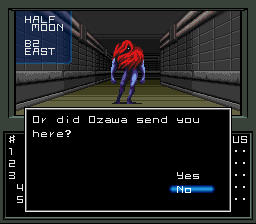

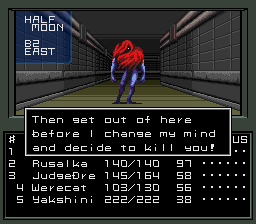
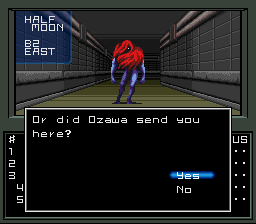
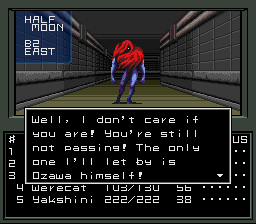
Wikipedia posted:
The Wendigo (also Windigo, Wiindigoo, Windago, Windiga, and numerous other variants, possibly from the words "ween dagoh" which means "solely for self" or "weenin n'd'igooh" which means "fat" or excess) is a spirit in Anishinaabe mythology. It has also become a stock horror character much like the vampire or werewolf, although these fictional depictions often do not bear much resemblance to the original mythology. The most comprehensive resource on the original Wendigo myth is John Robert Colombo's anthology. It contains stories and poems on the Wendigo, many inspired by Algernon Blackwood's, as well as an article on the allegedly real condition Wendigo psychosis. Windigo is also a culture-bound disorder which involves an intense craving for human flesh and fear that one will turn into a cannibal. It is commonly seen among Algonquin Indian cultures.
In the mythology of the Crow legends say the Wendigo was once a warrior. When beset with an enemy the warrior could give his soul and life in exchange for the power to save his tribe. But once the threat was eliminated, the Wendigo is forced to leave his tribe and wander the countryside for eternity. This would mean there would be many Wendigo. The Wendigo depicted in these legends is a large human/lupine chimera usually with white fur. The skeletal Wendigo is usually Mayan in nature while the Crow one is farther north.
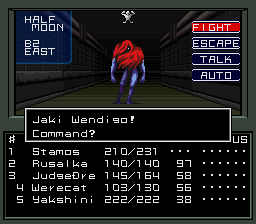
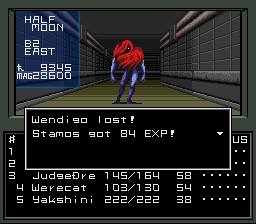


DurrWikipedia posted:
In common current usage, the term nightmare refers to dreams of particular intensity, with content that the sleeper finds disturbing, related either to physiological causes, such as a high fever, or to psychological ones, such as unusual trauma or stress in the sleeper's life. The occasional body movements seen in nightmares may have a use in awakening the sleeper, thus helping to avoid the frightening dream-situation.

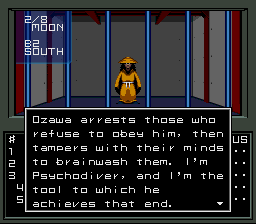
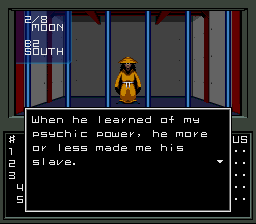
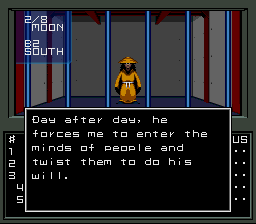
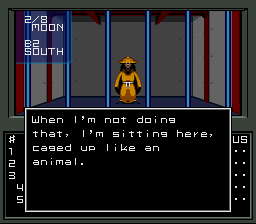

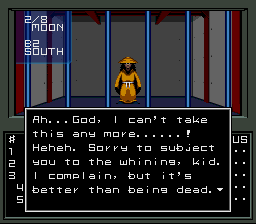
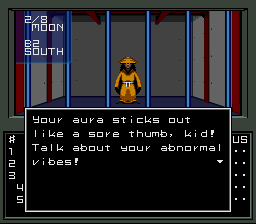
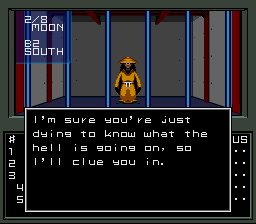
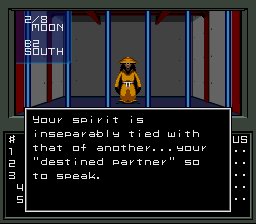
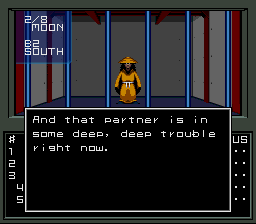
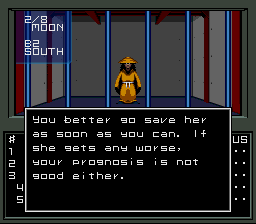
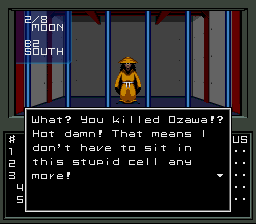
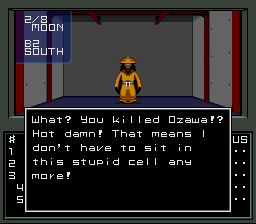

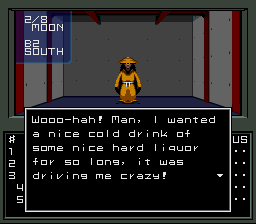
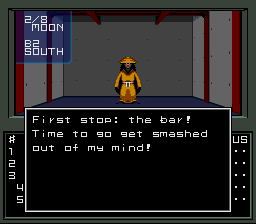
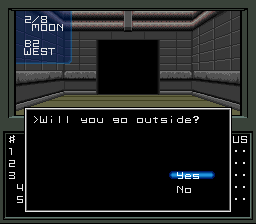
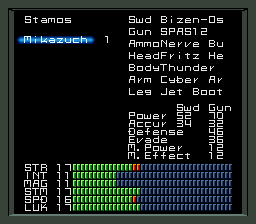
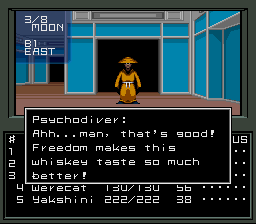
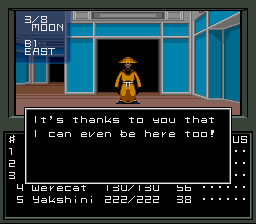
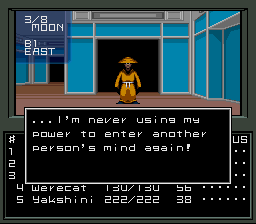
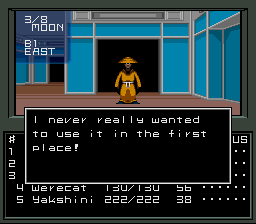
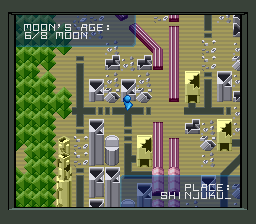

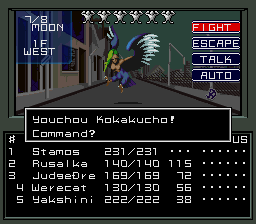
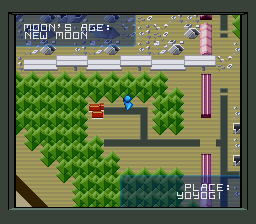

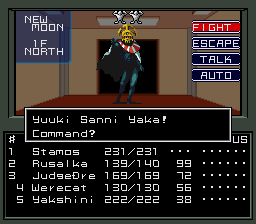
I somehow doubt that these strong demons are referring to that. But eh, whatever. Maybe they are.Wikipedia posted:
The Yaka are an ethnic group of Southwestern Democratic Republic of the Congo and Angola. They number about 300,000. They live in the forest and savanna areas between the Kwango and Wamba rivers. Many of their religious and cultural customs transcend ethnic boundaries, and are shared with the Suku and Lunda.

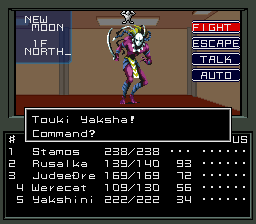
Wikipedia posted:
Yakṣa (Sanskrit यक्श) or Yakkha (Pāli यक्श) is the name of a broad class of nature-spirits or minor deities who appear in Hindu and Buddhist mythology. The feminine form of the word is yakṣī or yakṣiṇī (Pāli: yakkhī or yakkhinī).
In both Hindu and Buddhist mythology, the yakṣa has a dual personality. On the one hand, a yakṣa may be an inoffensive nature-fairy, associated with woods and mountains; but there is a much darker version of the yakṣa, which is a kind of cannibalistic ogre, ghost or demon that haunts the wilderness and waylays and devours travelers, similar to the rakṣasas.
In Kālidāsa's poem Meghadūta, for instance, the yakṣa narrator is a romantic figure, pining with love for his missing beloved. By contrast, in the didactic Hindu dialogue of the Yakṣapraśnāḥ ("questions of the Yakṣa"), a dangerous cannibalistic Yakṣa, the tutelary spirit of a lake, threatens the life of the epic hero Yudhiṣṭhira.
The yakṣas may have originally been the tutelary gods of forests and villages, and were later viewed as the steward deities of the earth and the wealth buried beneath.
In Indian art, male yakṣas are portrayed either as fearsome warriors or as portly, stout and dwarf-like. Female yakṣas, known as yakṣiṇīs, are portrayed as beautiful young women with happy round faces and full breasts and hips.
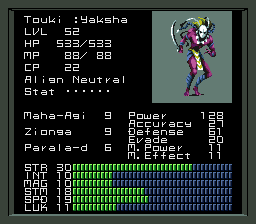


Wikipedia posted:
A rakshasa (Sanskrit: रा॑क्षसः, rā́kṣasaḥ; alternately, raksasa or rakshas) is a demon or unrighteous spirit in Hinduism. They were man-eaters or cannibals. The Aryans were always at war with the Rakshasas. However even Rakshasas such as Ravan described himself as a minister of the Aryans.
The Ramayana describes them as being created from Brahma's foot; elsewhere, they are descended from Pulastya, or from Khasa, or from Nirriti and Nirrita. Many Rakshasa were particularly wicked humans in previous incarnations. Rakshasas are notorious for disturbing sacrifices, desecrating graves, harassing priests, possessing human beings, and so on. Their fingernails are poisonous, and they feed on human flesh and spoiled food. They are shapechangers and magicians, and often appear in the forms of humans and large birds. Hanuman, during a visit to the rakshasas' home in Lanka, observed that the demons could come in any form imaginable.
The great ten-headed demon Ravana, enemy of Rama, was king of the rakshasas. His younger brother Vibhishana was a rare good-hearted rakshasa; he was exiled by his brother the king, who was displeased by his behavior. Vibhishana later became an ally of Rama and a ruler in Lanka. Other notable rakshasas include the guardian god Nairitya, who is associated with the southwest direction.
A female rakshasa is called a Rakshasi, and a female rakshasa in human form is a manushya-rakshasi.




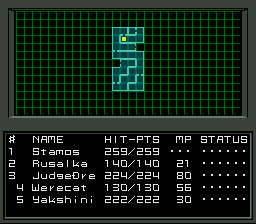
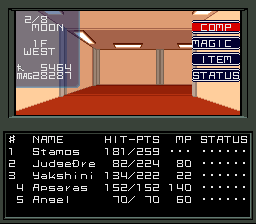
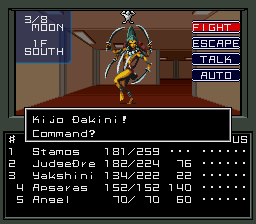
Wikipedia posted:
A dakini (Tibetan: མཁའ་གྲ་མ་; Wylie: mkha'-'gro-ma; ZWPY: Kandroma; Chinese language: 空行女) may be understood to refer to a minor goddess or female deity.
In the Tibetan language the Sanskrit term dakini is rendered Khandroma (mkha’-‘gro-ma) meaning “she who traverses the sky” or “she who moves in space”; this is sometimes rendered poetically as "sky dancer" or "sky walker". Iconographically, their bodies are depicted curved in sinuous dance poses. They dance as they are active manifestations of energy or shakti. It should be noted that while dakini are often depicted as beautiful and naked, they are not viewed primarily as sexual symbols, but as symbols of the naked or natural mind or rigpa stripped of all obscuration and defilements. And the movements of their dance signify the movements and thoughts or the quanta of consciousness in the mindstream and the dharmakaya as the wellspring of the spontaneously emerging Buddha-mind, or rigpa.
Dakini are prevalent in Vajrayana Buddhism and have been particularly conceived in Tibet and the Himalaya where the dakini, generally of volatile or wrathful temperament, act somewhat as a muse (or inspirational thoughtform) for spiritual practice. Dakinis are energetic thoughtform in female form, evocative of the movement of energy in space. In this context, the sky or space indicates shunyata, the insubstantiality of all phenomena, which is, at the same time, the pure potentiality for all possible manifestations.
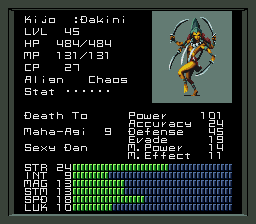
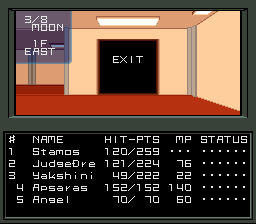
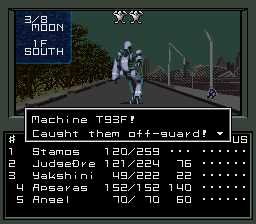
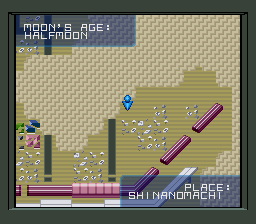
 ), then, EXPLORING THE WASTELAND. Because you know, that's what must be done, because this area's mall/underground place/whatever is all done, nothing else to do there, IIRC.
), then, EXPLORING THE WASTELAND. Because you know, that's what must be done, because this area's mall/underground place/whatever is all done, nothing else to do there, IIRC.